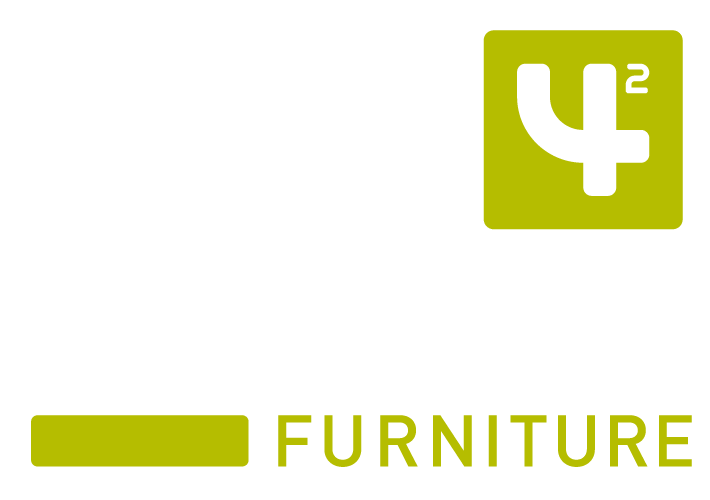Food technology rooms need to be practical, safe & durable.
With a greater emphasis on health and the importance of a healthy and balanced diet, food technology is becoming an increasingly popular subject and you will need to create a safe and inspiring environment to support students.
Get in touch on 01923 774 242 to discuss your project, we'd love to help!

